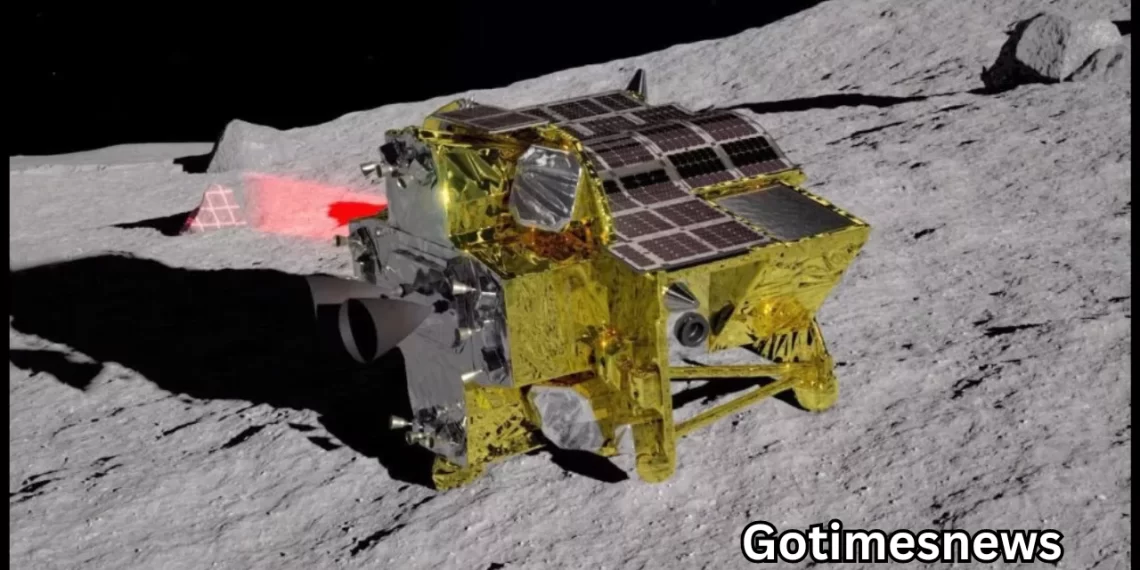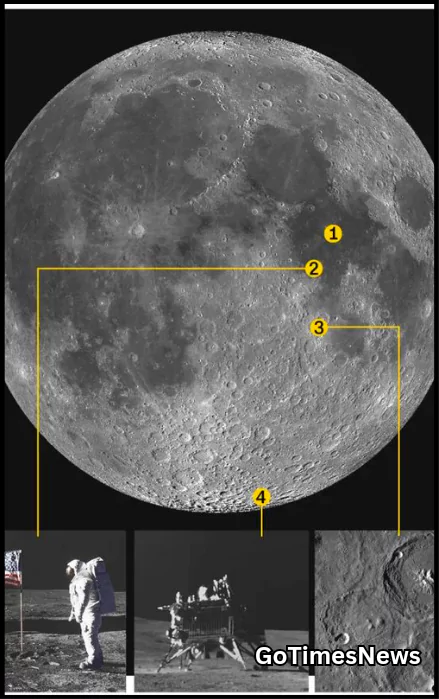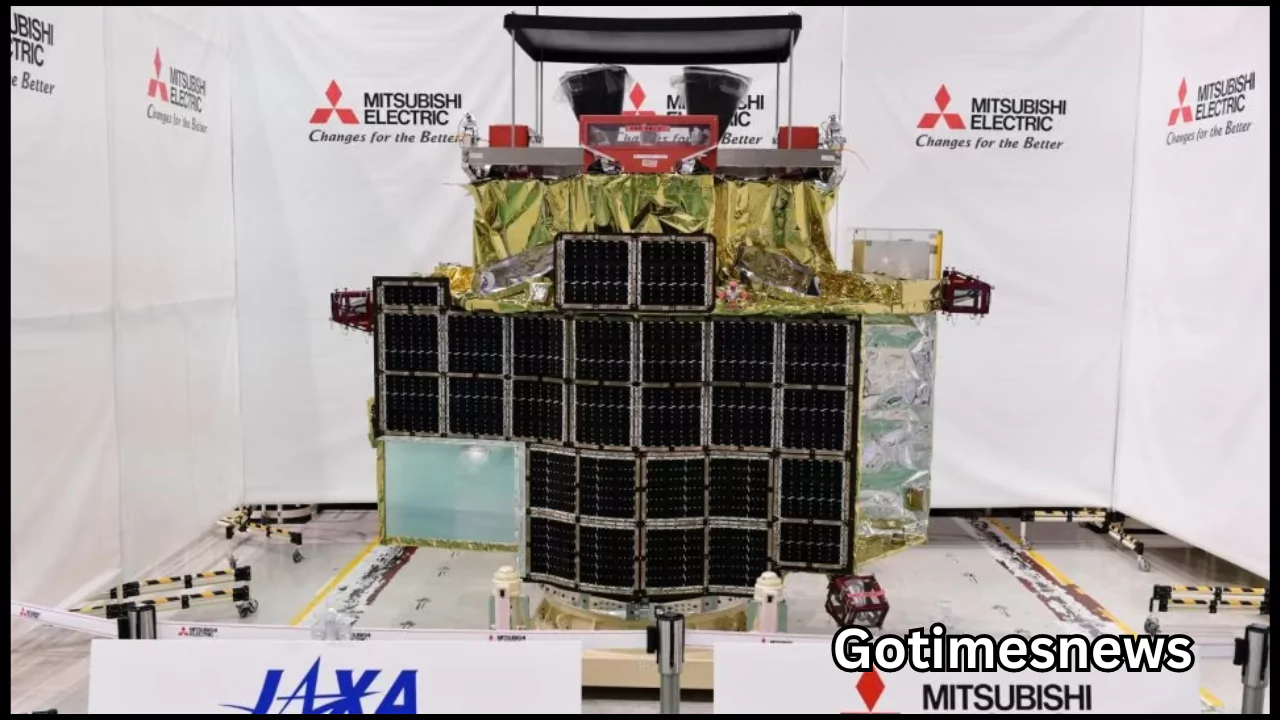
Japans SLIM Mission Japan has started its first historic attempt to land the robotic “Moon Sniper” to explore the moon and test the moon’s surface, which could make it the third country in this modern century — and the fifth ever nation — to put the spacecraft safely on the lunar surface. Japans SLIM Mission
The Japan Aerospace Exploration Agency controls the uncrewed Smart Lander for Investigating Moon Surface or SLIM ( Smart Lander for Investigating Moon ), This mission was expected to touch down on the moon at 10:20 a.m. ET Friday (12:20 a.m. Saturday Japan Standard Time). The SLIM spacecraft began falling toward the Moon’s surface at 10 a.m. ET
The slight-scale SLIM robotic Rover, which was launched in September, moves by the nickname of “Moon Sniper” because it carries the new precision technology to verify the “pinpoint” landing.
Lunar Missions Japans SLIM Mission
The Previous lunar missions have been able to target and reach specific zones that traveled many kilometers of the Moon’s Surface, but the SLIM ( Smart Lander for Investigating Moon ) lander will target the destination a landing site that extends just 100 meters (328 feet) across. The lander’s contains “smart eyes” — have an image with a matching-based navigation technology — will rapidly snap photographs of the lunar surface on approach and autonomously make adjustments as the lunar spacecraft lands for a more specific touchdown.
The Robotic “Moon Sniper” has targeted a landing site near the small Shioli crater within a moon-plain surface called the Sea of Nectar It was created by outdated volcanic activity and lies just south of the Sea of Tranquility when Apollo 11 landed in 1969. If the SLIM lander touches down the Lunar successfully, it will briefly check rocks at the site that could display insights into the moon’s origin.
 CNN/Getty Images/ISRO/lROC
CNN/Getty Images/ISRO/lROC
When meteorites and other things strike the moon’s Atmosphere region, they create craters ” a large bowl-shaped cavity “as well as rocky debris that litter the surface of the Area. These rocks fascinate scientists because when studying them is effectively like scanning inside the moon itself. Minerals and other parts of the rocks’ as well composition can potentially relieve more light on and find how the moon formed.
Spacecraft Landing near the sloped, rock-scattered areas around craters is an unpredictable process that most missions usually avoid, but ‘The Japan Aerospace Exploration Agency JAXA believes its SLIM lander has the technology to touch down safely on rocky landscapes.
New space race Japans SLIM mission
Multiple space agencies and different countries have attempted on-lunar landing missions over the past year, leading to a historic first as well as failures.
India became the fourth country to land on the moon’s surface — the United States was the first nation to land on the moon, The Soviet Union was the second nation, and China — executed a controlled landing on the moon India launched Chandrayaan-3 mission arrived near the lunar south pole in August 2023 and the first nation to reach the southern pole of the moon.
 Japan Aerospace Exploration Agency
Japan Aerospace Exploration Agency
Meanwhile, The Japanese space company launched a Hakuto-R lunar lander that fell 3 miles (4.8 kilometers) before crashing into the lunar surface during the landing attempt in April. Back on Russia’s Luna-25 was the first crash-landed in August during the country’s first attempt to return to the moon since the Soviet Union’s fall. Astrobotic Technology’s Peregrine spacecraft.
The first United States lunar lander was launched in five decades and Thursday after the critical fuel leakage made safely landing on the moon out of the question.
The motivation behind the new moon’s space race is a desire to access wetness or water trapped as ice in always-shadowed regions of the lunar south pole. Interstingly making drinking water or fuel for humanity pushes the boundary of space exploration in the future. This region is riddled with craters (or) a large bowl-shaped cavity in the ground and Sawdust with rocks, leading to narrow landing sites.
Finally, the lightweight SLIM lander might be an effective design that could not only land in small areas of interest on the moon but also on planets such as Mars, according to JAXA.























